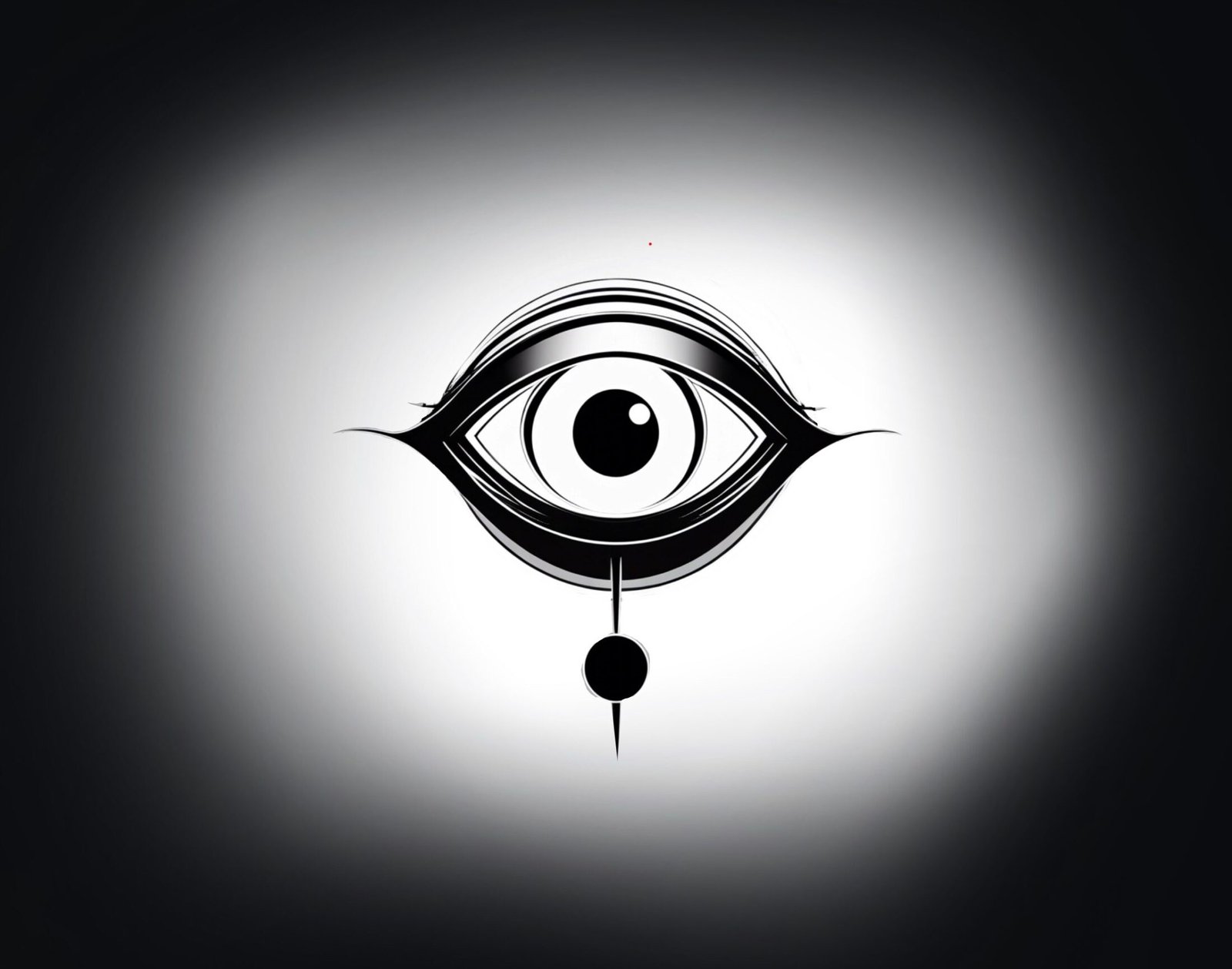Journey of the Goth
The goth subculture is one of the most interesting, recognisable and enjoyable youth movements to emerge from the late 20th century. The goth scene is stands out for its distinctive style and cultural impact, goth has transcended its origins to become a multifaceted and global phenomenon. But what exactly is goth, where did it come from, and how has it evolved? We’ll explore the origins of goth, its influences, the essence of what it means to be goth, and the various subgenres that have developed within this darkly fascinating culture.
History of Goth
In the late 1970s and early 80s, the modern goth began to emerge in the UK. It was a subculture of young people influenced by the punk music scene. The term “Goth” initially described bands like Bauhaus, Siouxsie and the Banshees, and Cure whose sound was characterized by its brooding tone, introspective lyrics and eerie ambiance. These musicians drew creatively from a range of influences, like the darkly romantic allure of gothic literature and even from the gloomy themes of horror cinema, as well as from the opulent flamboyance of glam rock pioneers like David Bowie (RIP the King of glam).
As the goth music scene blossomed, it developed a loyal and passionate fanbase and with that, a very special fashion sense and way arose. Gothic culture however swiftly evolved beyond sound to encompass an expanded identity, celebrating dark romanticism, nonconformity, and a profound admiration for things eerie and macabre.
Goth Culture
Goth subculture emerged as a cross roads of various creative, social and cultural threads. Goth has been influenced by, and has in turn impacted, other subcultures over the decades:
•The goth movement can be traced back to the punk scene, with its leanings towards dark and rebellious style. Although the two subcultures share a disdain for mainstream society, they differ in their focus: while punks tend towards more political protest, Goths delve deeper into personal introspection. While punk fashion is characterized by DIY, ripped attire, leather, and studded accessories, the same ethos of self-expression found in punk has influenced goth styles, but often takes on a more romantic or ornate flair.
• New Romantic: Around the same era as goth, a new subculture emerged—New Romanticism—famous for its flamboyant, opulent style inspired by 18th-century dandyism. Goth fashion borrowed some traits from New Romantics like dramatic makeup, ruffled shirts, and the general principle of crafting an eerie, ethereal look
• Glam Rock: The blending of gender norms and bold, dramatic fashion in the glam rock era deeply resonated with goth culture’s embrace of nonconformity and artistic expression. Goth style draws heavily from the bold makeup and flamboyant attire made popularby glam icons like David Bowie and Marc Bolan, creating a look that is both unapologetically eccentric and undeniably stylish.
• Victorian and Edwardian times: The nostalgic charm of historical fashion from these times continues to play a role in goth style. Corsets, lace, high collars, and top hats, have a strong appeal with Goths, who have a taste for the dark, romance, and melancholy.
Goths Are All About..
Embracing the beauty in darkness. It is a subculture that finds inspiration in the melancholic and the macabre, but it is not solely about gloom and doom. Goths often have a deep appreciation for art, literature, and music that explore the human condition in all its complexity, including themes of love, death, and existential reflection.
Goths tend to value individuality and nonconformity. Many are drawn to the subculture because it provides a space where they can express themselves freely, without fear of judgment. There is a strong emphasis on introspection, intellectualism, and creativity within the goth community, and members often share a love for the arts, particularly those with a darker or more surreal edge.
Contrary to some stereotypes, goths are not inherently morbid or depressed. Instead, they often have a unique ability to find beauty and meaning in aspects of life that others might shy away from. The goth worldview can be seen as a form of empowerment—embracing the full spectrum of human emotion and experience, rather than just the socially acceptable parts.
Goths Are Diverse
As with all stereotypes it is important not to fall too deeply into stereotypes. Goths are a diverse group, and they don’t follow any hard and fast rules, especially when it comes to music and fashion. While gothic rock is a cornerstone, they might as easily like funk, pop or Jazz. iThe subculture is fluid, allowing individuals to interpret and express their goth identity in various ways.
Goth style, too, is not monolithic. While black clothing and dramatic makeup are common, the way these elements are worn can vary greatly. Some goths prefer a minimalist look, while others embrace elaborate, historical-inspired fashion. Goths are the definition of experimentation and personal self expression.
Types of Goth: A Diverse Subculture
As the goth subculture has evolved, it has splintered into various subgenres, each with its own distinct style, music, and influences. Here are some of the most notable types of goth:
• Traditional Goth: Sometimes referred to as “trad goth,” this is the original form of the subculture, closely associated with the post-punk and gothic rock music of the 1980s. Traditional goths often wear black clothing with elements of punk fashion, such as fishnets, leather, and band t-shirts, paired with dark makeup.
• Victorian Goth: Victorian goths draw heavily from the fashion and aesthetics of the 19th century. This style includes corsets, long skirts, lace gloves, and top hats. The look is often completed with parasols, pocket watches, and other antique accessories.
• Cyber Goth: Cyber goths mix traditional goth aesthetics with futuristic, rave-inspired elements. This style is characterized by bright neon colors, synthetic fabrics, and industrial music influences. Cyber goth fashion often includes dreadlocks, gas masks, platform boots, and UV-reactive makeup.
• Steampunk Goth: Combining the steampunk genre with goth, this style features Victorian-inspired clothing with a futuristic, mechanical twist. Goggles, waistcoats, and gears are common accessories. The aesthetic is rooted in a blend of historical fantasy and speculative fiction.
• Romantic Goth: This type of goth is deeply connected to the aesthetic of love, beauty, and melancholy. Romantic goths often wear flowing, elegant clothing in rich fabrics like velvet and satin, with lots of lace and jewelry. They might also incorporate elements of Renaissance or Baroque fashion into their look.
• Deathrocker: Emerging from the punk side of goth, deathrockers are known for their aggressive, raw style. The music is faster and more punk-influenced, and the fashion often includes torn fishnets, heavy boots, and wild, spiky hair. Deathrockers embrace the macabre with a rebellious twist.
• Gothabilly: A fusion of goth and rockabilly, gothabilly is a playful subgenre that blends 1950s rock ‘n’ roll style with gothic elements. Think black leather jackets, polka dots, and pin-up style dresses paired with skull motifs and dark makeup. The music often has a rockabilly rhythm with a gothic lyrical twist.
• Industrial Goth: Industrial goths are closely connected to the industrial music scene, which features harsh, mechanical sounds and themes of dystopia. The fashion often includes leather, PVC, and military-inspired clothing, with a focus on utilitarian, almost post-apocalyptic aesthetics.
The Way of the Goth
The goth subculture has proven to be remarkably resilient, adapting and evolving over the decades while maintaining its core values of individuality, creativity, and a deep appreciation for the darker aspects of life. Whether through fashion, music, art, or literature, goths continue to express a rich and diverse cultural identity that challenges societal norms and celebrates the beauty in the shadows.
For those drawn to its unique blend of history, aesthetics, and introspection, the goth subculture offers a space where one can explore the complexities of the human experience with like-minded individuals who see the world not just in black and white, but in every shade of grey.
In the end, we should avoid stereotyping goths, as the subculture is as diverse as the individuals within it. Goths don’t necessarily adhere to strict definitions or limitations, particularly in music and fashion. This flexibility and openness to personal interpretation are what make the goth subculture so rich, inclusive, and enduring.


